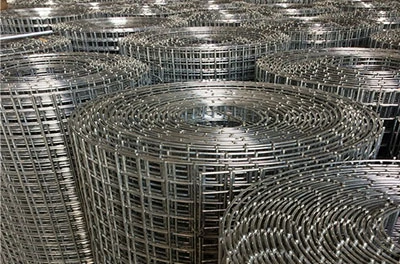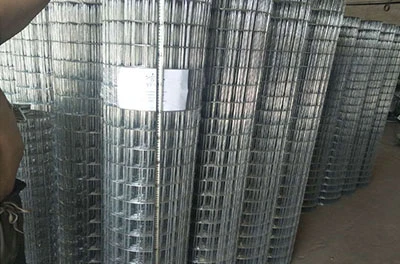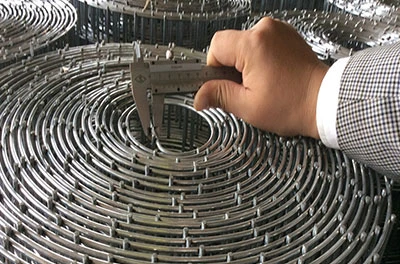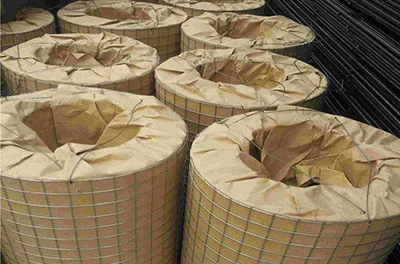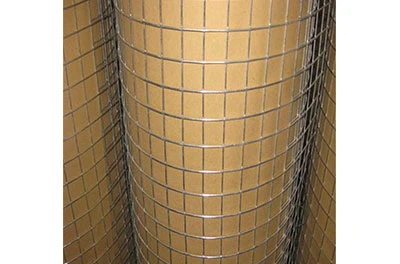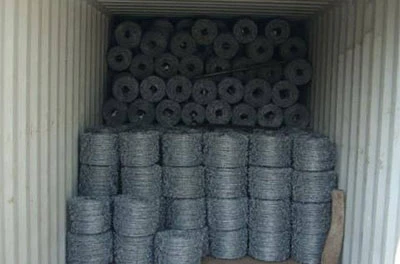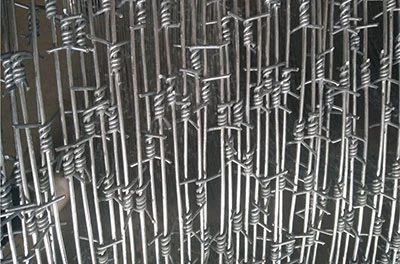7月 . 15, 2025 11:45 リストに戻る
Thermal Expansion Management Strategies for Serrated Steel Grating Systems
Effective thermal expansion management is critical for ensuring the longevity, safety, and functionality of steel grating systems. Serrated steel grating, 溝排水溝格子, driveway drain grates、 そして steel drainage grates are widely used in industrial, commercial, and residential applications due to their durability and slip-resistant properties. However, temperature fluctuations can cause expansion and contraction, leading to structural stress, misalignment, or even failure if not properly addressed. This article explores proven strategies to manage thermal expansion in these systems, ensuring optimal performance across diverse environments.
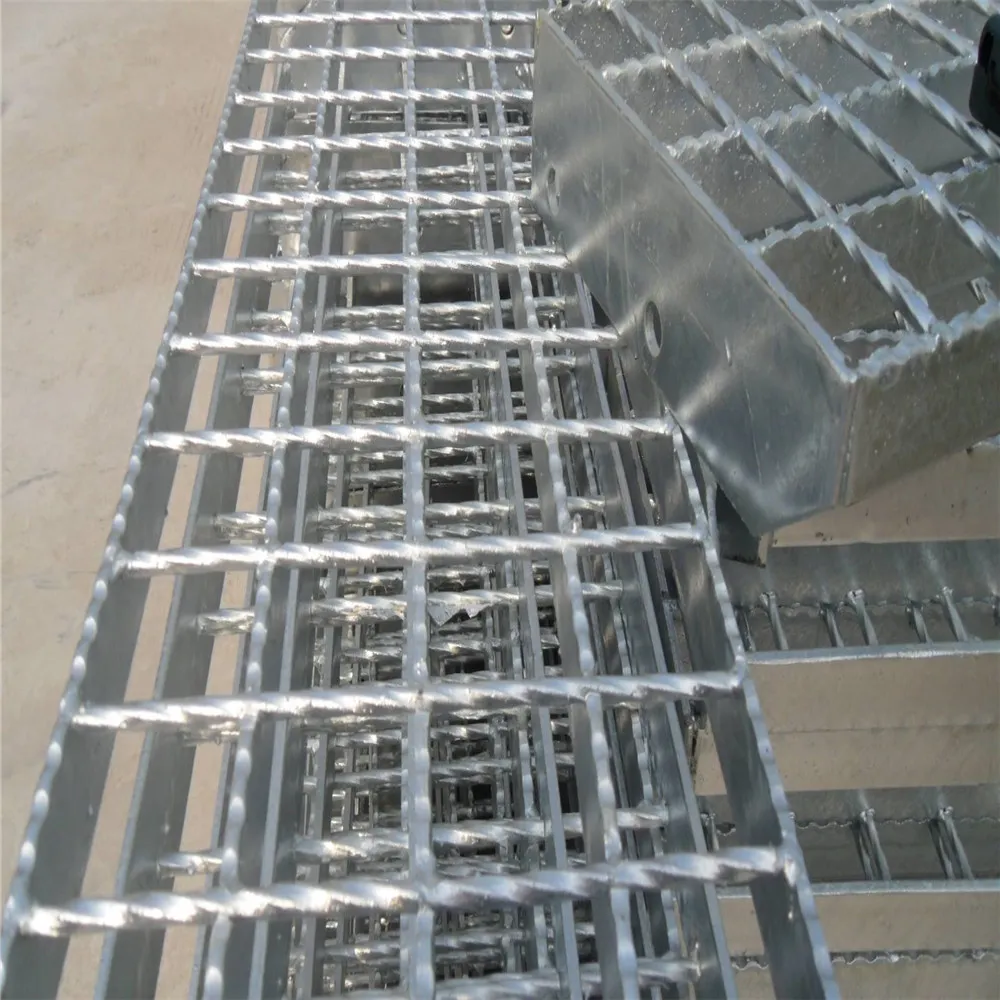
Understanding Thermal Expansion in Serrated Steel Grating Systems
Serrated steel grating is a popular choice for walkways, platforms, and stair treads due to its enhanced grip and load-bearing capacity. However, steel’s inherent property of expanding under heat poses challenges. For every 100°F temperature increase, steel expands approximately 0.6 inches per 100 feet. In outdoor installations, such as bridges or industrial sites, daily and seasonal temperature swings can accumulate significant stress.
To mitigate this, engineers incorporate expansion joints during installation. These joints allow controlled movement, preventing warping or buckling. Additionally, selecting alloys with lower thermal expansion coefficients, such as stainless steel variants, can reduce overall displacement. Anchoring systems must also be designed to accommodate movement—fixed anchors at one end and sliding anchors at the other ensure even stress distribution.
Regular inspections are vital. For 鋸歯状の鋼製格子 exposed to extreme temperatures, monitoring for signs of deformation or loosened fasteners helps preempt failures. Manufacturers often pre-cut gratings with tolerance gaps based on regional climate data, ensuring long-term stability.
Thermal Considerations for Trench Drain Grate Installations
Trench drain grates are essential for managing water runoff in parking lots, airports, and manufacturing facilities. Their linear design makes them susceptible to thermal expansion along their length. Unlike modular systems, continuous trench drains require precise planning to avoid misalignment.
One effective strategy involves segmenting long trench runs into shorter sections with expansion joints. These joints, filled with flexible sealants, absorb movement without compromising drainage efficiency. For 溝排水溝格子 systems embedded in concrete, isolating the grate from the surrounding material using elastomeric pads prevents stress transfer during temperature changes.
Material selection also plays a role. Cast iron or ductile iron grates may be paired with steel frames to balance thermal behavior. Additionally, slotted bolt holes in mounting hardware allow slight lateral shifts, accommodating expansion while maintaining secure fastening.
Driveway Drain Grates: Balancing Load Capacity and Thermal Movement
Driveway drain grates face unique challenges due to vehicular traffic and exposure to weather. Thermal expansion can cause grates to shift, creating tripping hazards or gaps that compromise drainage. Heavy-duty driveway drain grates often use reinforced frames with welded joints to resist deformation.
A key strategy is integrating modular designs. By dividing large grates into smaller, interlocking panels, thermal movement is localized, reducing cumulative stress. For example, a 10-foot driveway grate might be split into three panels with hidden expansion gaps. The use of high-tensile steel further enhances resistance to warping.
Installation techniques matter. Embedding grates in a bed of compacted gravel rather than rigid concrete allows slight movement while maintaining load distribution. Additionally, periodic adjustments during seasonal transitions—tightening bolts or resealing joints—ensure sustained performance.
Optimizing Steel Drainage Grates for Variable Temperature Conditions
Steel drainage grates are ubiquitous in municipal and industrial settings. Their open-grid design facilitates efficient water flow but requires careful thermal management. In regions with wide temperature ranges, such as deserts or alpine areas, daily cycles of heating and cooling can fatigue materials over time.
To address this, manufacturers optimize grate geometry. Curved or corrugated surfaces distribute thermal stress more evenly than flat designs. Coatings like hot-dip galvanizing or epoxy not only prevent corrosion but also reduce friction between connected components, allowing smoother expansion.
For large-scale installations, such as airport runways, computational modeling predicts thermal behavior. This data informs the spacing of support beams and fastener types. For example, spring-loaded clips might replace rigid welds to permit movement.
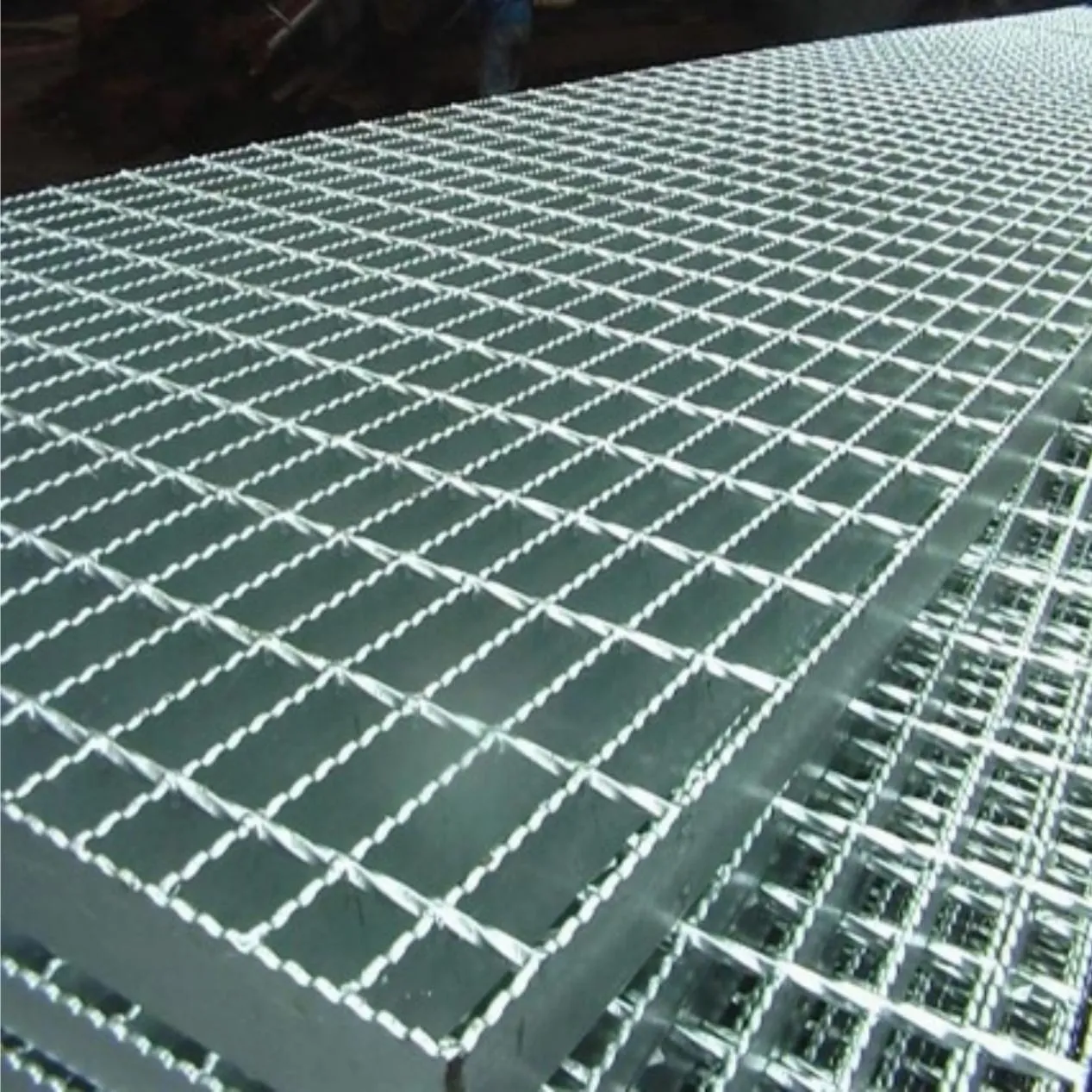
FAQs About Thermal Expansion in Serrated Steel Grating Systems
How does thermal expansion affect serrated steel grating over time?
Prolonged thermal cycling can cause 鋸歯状の鋼製格子 to warp or develop stress fractures. Proper joint design, material selection, and routine maintenance minimize these risks, ensuring decades of reliable service.
Can trench drain grates crack due to temperature changes?
Yes, if installed without expansion joints, trench drain grates may crack or shift. Segmenting drains and using flexible sealants are standard practices to prevent such issues.
Are driveway drain grates prone to lifting in hot weather?
In extreme heat, poorly anchored driveway drain grates may lift. Slotted mounting holes and modular designs allow controlled movement while keeping grates securely in place.
What coatings are best for steel drainage grates in variable climates?
Hot-dip galvanizing and epoxy coatings are ideal for steel drainage grates, offering corrosion resistance and reduced thermal stress through smoother surface interaction.
How often should serrated steel grating be inspected?
Annual inspections are recommended for systems exposed to severe temperature swings. Check for sealant degradation, fastener integrity, and alignment in 鋸歯状の鋼製格子, 溝排水溝格子, and other systems.
Managing thermal expansion in 鋸歯状の鋼製格子, 溝排水溝格子, driveway drain grates、 そして steel drainage grates requires a combination of strategic design, material science, and proactive maintenance. By understanding the unique demands of each application and implementing tailored solutions, manufacturers and installers can ensure these systems withstand temperature fluctuations while delivering unmatched durability and safety. As industries continue to prioritize resilient infrastructure, these strategies will remain foundational to successful steel grating deployments worldwide.
最新ニュース
-
Ventilation Optimization with Perforated Galvanized Grating in Factories
ニュースJul.15,2025
-
Eco-friendly Advantages of Aluminium Corner Beads
ニュースJul.15,2025
-
Drywall Corner Types for Ceilings
ニュースJul.15,2025
-
Customizable Aluminum Grating Designs for Aesthetic Facades
ニュースJul.15,2025
-
Budget-Friendly Renovation Using PVC Corner Bead
ニュースJul.15,2025
弊社は優秀な CAD 鋼格子図面設計者を擁しており、お客様に完璧な鋼格子レイアウト設計を提供し、お客様の製品に対する特別な要件をよりよく満たすことができます。弊社は「品質第一、お客様第一」という経営理念を堅持し、高品質の製品、リーズナブルな価格、最速の納期で、お客様に全範囲のサービスを心を込めて提供しています。新しいお客様と古いお客様を心から歓迎し、誠実に協力し、一緒に輝きを生み出しましょう。
お問い合わせ
弊社へようこそ!
弊社のサービスにご興味をお持ちいただきありがとうございます。ご質問がある場合やサービスをご予約になりたい場合は、お気軽にお問い合わせください。弊社のチームは、最高レベルのサービスとサポートを提供することに全力を尽くしており、お客様のイベントを成功に導くために全力で取り組んでいます。

サービスメール

サービス電話番号
お問い合わせ
- 電話: +86 +86 15733154345
- メールアドレス: sales@chengsenchina.com
- 住所: B1213 GLOBAL CENTER, NO.226 ZHONGHUA NORTH STREET, SHIJIAHUANG, CHINA


